The Aussie Guide to Tackling Household Mould in Humid Climates

Many parts of Australia’s coastal and tropical regions are frequently experiencing heavy rainfalls and storms. These weather conditions create damp and humid environments, which are ideal for mould growth.
Airborne mould spores are naturally present both indoors and outdoors. They begin to grow and spread rapidly when they land on damp surfaces.
Recent data from Asthma Australia reveals that nearly half of Australians have had mould in their homes in the past year, with only one-third reporting the problem.
While mould is unpleasant, if it gets out of control, it can also trigger various health hazards like nasal congestion, coughing, wheezing, sneezing, and severe respiratory issues such as asthma and other allergic conditions.
Hence, it is crucial to address household mould promptly, especially if you have noticed any signs of humidity in your home.
Let’s explore some of the most effective ways to tackle household mould and maintain a healthy living environment!
What Is Mould?
Mould is a complex, naturally occurring living organism belonging to the fungi family. This microorganism is genetically distinct from bacteria and has the ability to grow and spread, given appropriate conditions.
Although mould spores are airborne and invisible to the naked eye, mould growth can be observed as it ranges from colourless to brown, yellow, green, blue, or black.
Structurally, mould can weaken building materials, which leads to damage and degradation over time. For instance, mould on drywall causes it to weaken, soften, and crumble, while prolonged exposure to mould on wooden surfaces can lead to warping and structural weakening.
Why Does Mould Occur?
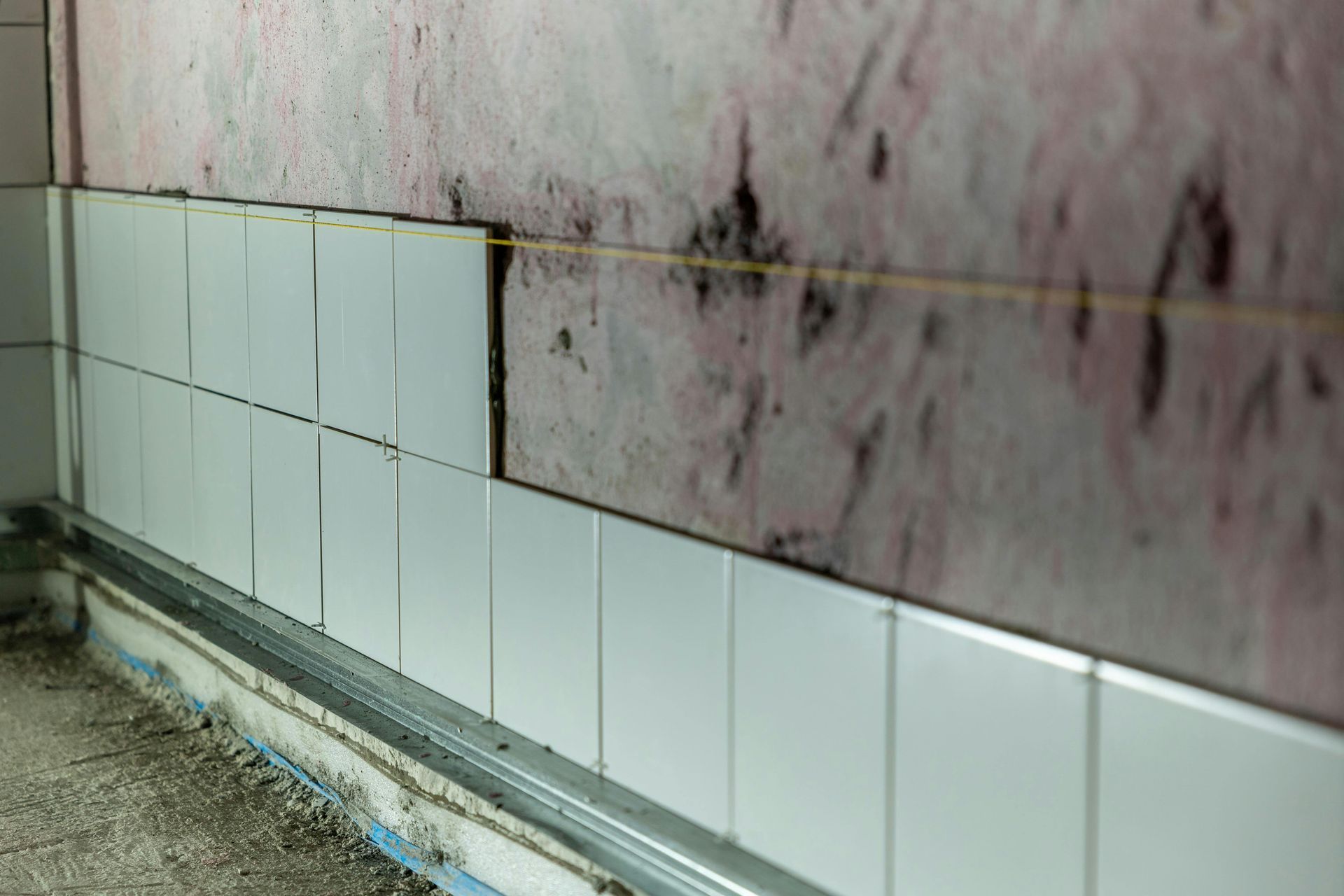
Mould can be developed in your home for various reasons that are often influenced by environmental conditions. Homes in coastal regions, for example, are more susceptible to mould growth due to high humidity levels.
When there is excess air moisture without proper ventilation, i.e. humidity remains above 85%, the excess moisture seeps into the building material which creates ideal conditions for mould to germinate.
Hence, mould growth is closely related to moisture problems, which arise from several common sources such as heavy rainfall or due to water intrusions—whether from a leaky roof, plumbing issue, or flood damage.
Poor ventilation or inadequate airflow also worsens mould problems by trapping moisture in areas such as bathrooms, kitchens, and basements.
Where Does Mould Occur More Often?
There are plenty of spots in your home that provide these ideal growing conditions for mould growth.
These include:
- Around kitchen or laundry sinks
- Bathroom walls, ceilings, or curtains
- Wall recesses
- Carpets and underlay
- Window sills and frames
Pro Tip: Usually, mould can occur all year round, but its spread is more common during the winter. Therefore, it is necessary to stay alert in the winter months, especially on the eastern seaboard of Australia, where high rainfall and humidity over the last few years have caused high exposure to moisture in the air.
How Do You Tackle Household Mould?
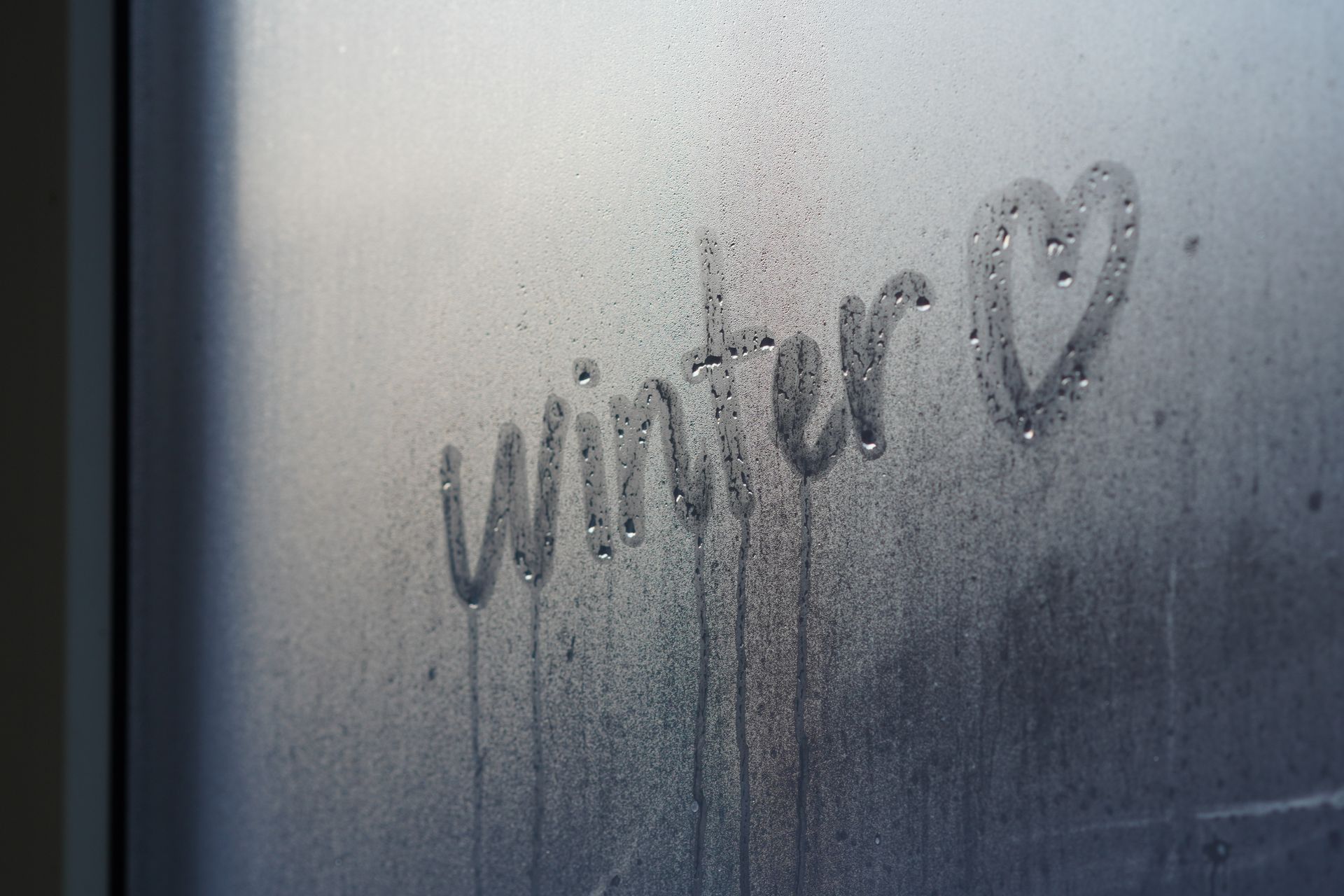
You have two options to tackle mould: Tackle it yourself or seek professional help to find the root cause and permanently remove it from your home.
Let’s talk about both approaches in detail.
How to Remove Mould Safely?
The first step is to make a thorough inspection of all the damp and humid areas of your home.
If you notice any unpleasant smell or spots on curtains, bathroom walls, or near the sink; it’s time to clean it up.
- For cleaning mould surfaces you can use a vinegar solution of white vinegar diluted in a 1:4 (4 parts vinegar, 1 part water).
- Simply spray the vinegar solution on the affected area and leave it.
- After half an hour, gently scrub the hard surface and rinse with clean water.
- Dry the area to prevent further mould growth.
- After treating mould, you can also place a bowl with a mixture of baking soda, lavender, and water to refresh your room.
If the mould is not removed with the vinegar solution, you can also go with a diluted bleach solution (about 250mls of bleach in 4 litres of water) to clean the surface effectively.
Note: It is recommended to use protective equipment: mask, rubber gloves, and safety glasses while cleaning the mould. Also, make sure that the area is ventilated while you are cleaning with bleach which helps the space dry out completely.
When to Call in Professionals?
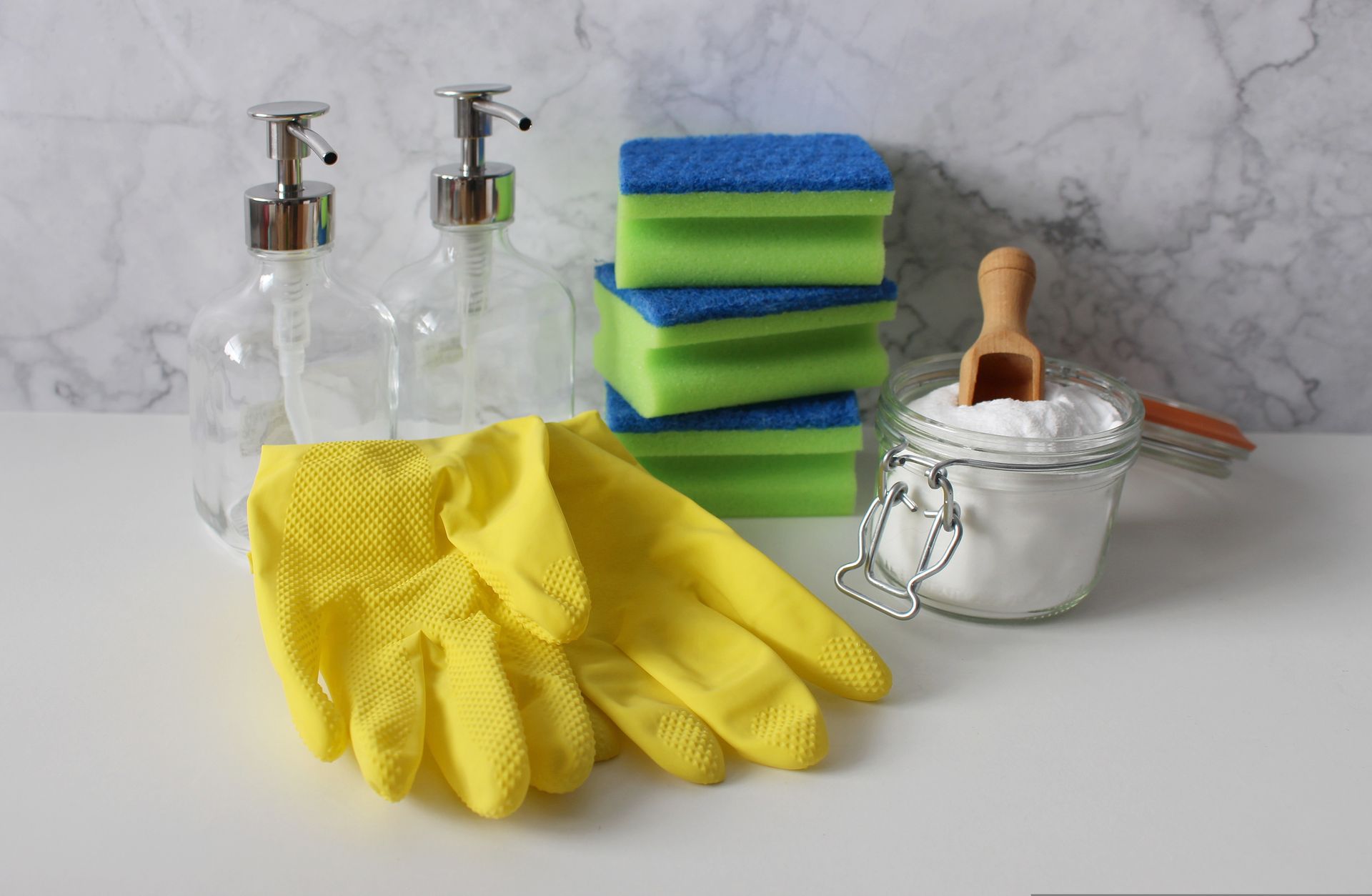
If you have slight mould on a wall or any other surface, you can clean it by yourself. But if you have a serious mould problem, it’s advisable to call in experts for professional removal.
You also need to call the professionals if you have already tried cleaning the visible signs of mould, but the mould still keeps returning.
Calling in professionals not only helps to address the visible signs of mould but also effectively manages the conditions that contribute to future mould problems, hence protecting your home from long-term damage.
Stop Mould Before it Starts!
When it comes to mould, it is always a good idea to take prophylactic measures before it even starts.
Here are some simple steps you can follow:
1. Maintain Proper Ventilation
To keep your indoors healthy, it is important to ensure that your home receives adequate ventilation and that air flows freely through all rooms.
Here are some tips to enhance your home’s ventilation:
- Check whether all the exhaust fans in the kitchen, bathroom, and laundry area are working properly.
- Inspect your air vent filters and make sure that they are clean. Don’t forget to change them at regular intervals.
- Open the windows of your home to enhance cross ventilation and allow fresh air to remove moisture from your home.
- Avoid overfilling the cupboards or leaving them closed for long durations.
Proper ventilation helps to eliminate mould spores, unpleasant odours, and dirt particles in your home.
All these habits will reduce the risk of moisture-related mould problems.
2. Reduce Humidity
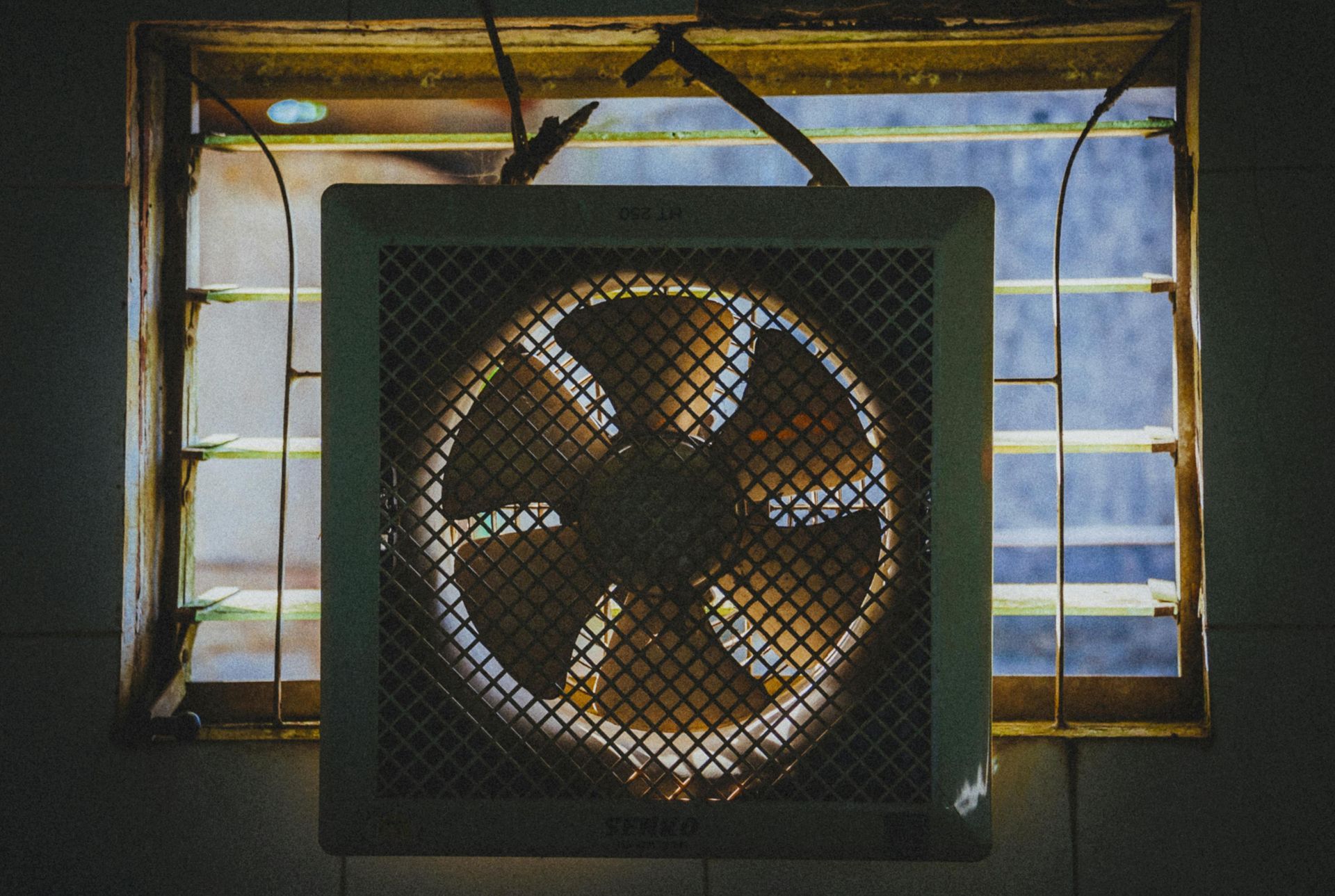
Indoor humidity is also the biggest contributor to the development of mould.
If the humidity levels are consistently high in your surroundings, consider investing in a humidity monitoring device and a dehumidifier to control the moisture and dampness in your house.
Pay special attention to highly humid areas like the kitchen, bathroom, and basement, and keep the humidity level below 50%.
Dehumidifiers are also very beneficial in coastal areas where humidity levels tend to be naturally higher.
On days when the outdoor air is dry, it might also be helpful to open the windows for air circulation to reduce indoor moisture.
Use HEPA-Filters
Due to high humidity levels, moulds can also grow and spread on carpets and rugs. So, it is good to clean your carpets and living area flooring more often to prevent the accumulation of mouldy spores.
To effectively combat this, consider using a vacuum with HEPA filters which are designed to entrap all the pollens and allergens.
If you want to maintain a good quality of air indoors, invest in an air purifier with HEPA filters to get rid of dust, allergens, and moulds.
Also, make sure to clean the air filters with vinegar as it traps harmful allergens during filtration.
Consistency in cleaning and dusting is essential to create a healthier and mould-free environment.
Rental Properties With MoUld Issues
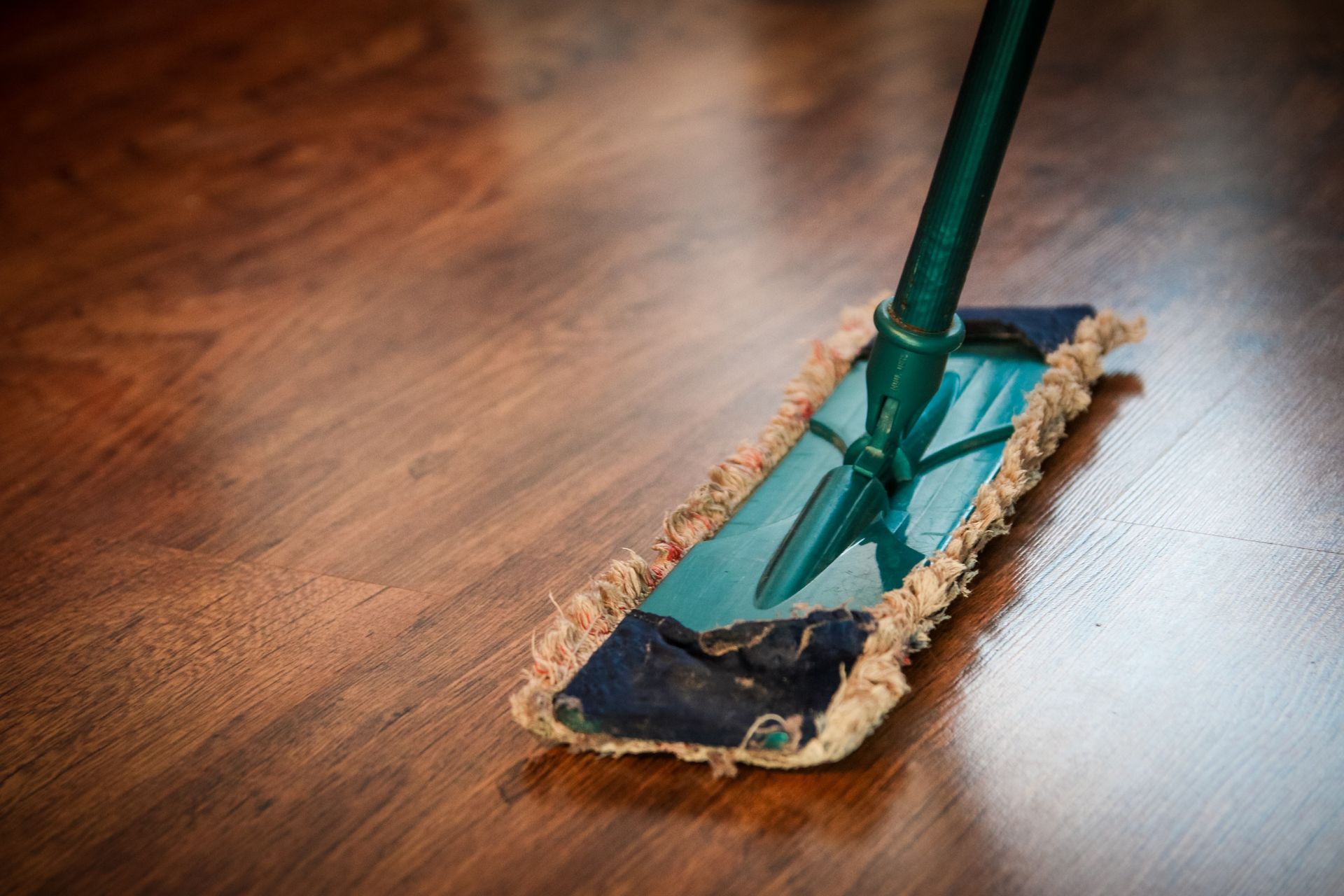
In Australia, landlords are responsible for fixing mould problems, particularly when they result from structural issues such as roof leaks, faulty plumbing, or damaged gutters. However, tenants also have responsibilities to ensure the property is well-ventilated and maintained to minimise mould growth.
What Tenants Should Do if Mould Appears:
If you’ve taken steps to keep the property ventilated and mould still develops due to structural problems, report the issue to your landlord or real estate agent as soon as possible.
How to Handle the Situation:
Document the Problem: Take clear photos or videos showing the affected areas, including close-ups and wider shots for context.
Report the Issue: Send an email or letter to your landlord or real estate agent, clearly describing the problem. Attach your photos and any supporting evidence.
Keep Records: Maintain a file of all correspondence, including emails, letters, photos, and any responses from your landlord or agent.
When the Issue Is Not Resolved:
If your landlord or real estate agent fails to act within a reasonable timeframe, you can escalate the issue by contacting your state or territory’s tenancy support service or lodging a complaint with the relevant tenancy tribunal.
State-Specific Tenancy Support Contacts:
- Victoria: Tenants Union of Victoria – (03) 9416 2577
- New South Wales: Tenants’ Union of NSW – (02) 8117 3700
- Queensland: Residential Tenancies Authority – 1300 366 311
- Western Australia: Department of Mines, Industry Regulation and Safety – 1300 30 40 54
- South Australia: Consumer and Business Services – 131 882
- Tasmania: Tenants’ Union of Tasmania – 1300 652 641 or (03) 6223 2641
- Northern Territory: Department of Consumer Affairs – 1800 019 319
- Australian Capital Territory: ACT Tenants' Union – (02) 6247 1026
Pro Tip:
Mould often grows in hidden areas, making it hard to detect. To stay ahead of potential issues, inspect your home thoroughly every six months. Look behind furniture, inside cupboards, and under sinks for signs of dampness or mould. Early detection can save you from costly repairs and health issues down the line.
Conclusion
Mould is a naturally occurring, living organism belonging to the fungi family. It usually exists as invisible airborne spores that grow to produce blue, yellow, and black hues on different surfaces.
Over the past few years, heavy rainfalls and storms in different regions of Australia have created a consistently damp and humid environment, which is ideal for mould growth.
If you notice any mouldy signs or unpleasant odours in your home, it’s time to start cleaning.
You can clean the mould by yourself, but if the problem persists, it is better to call the professionals to address the underlying problem.
To avoid mould growth before it even starts, you can follow certain prophylactic measures and maintain a healthy environment indoors.
Regards!

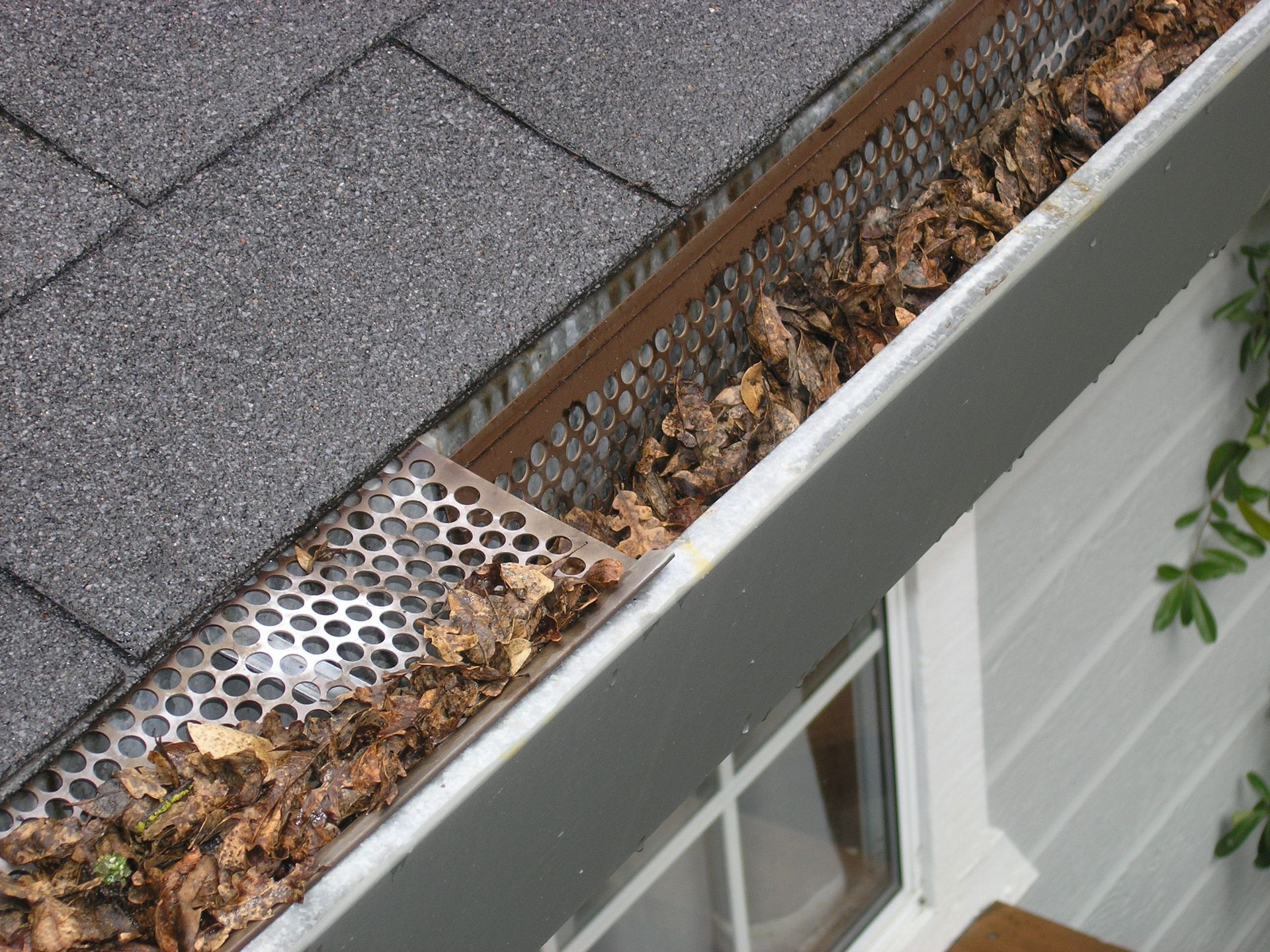
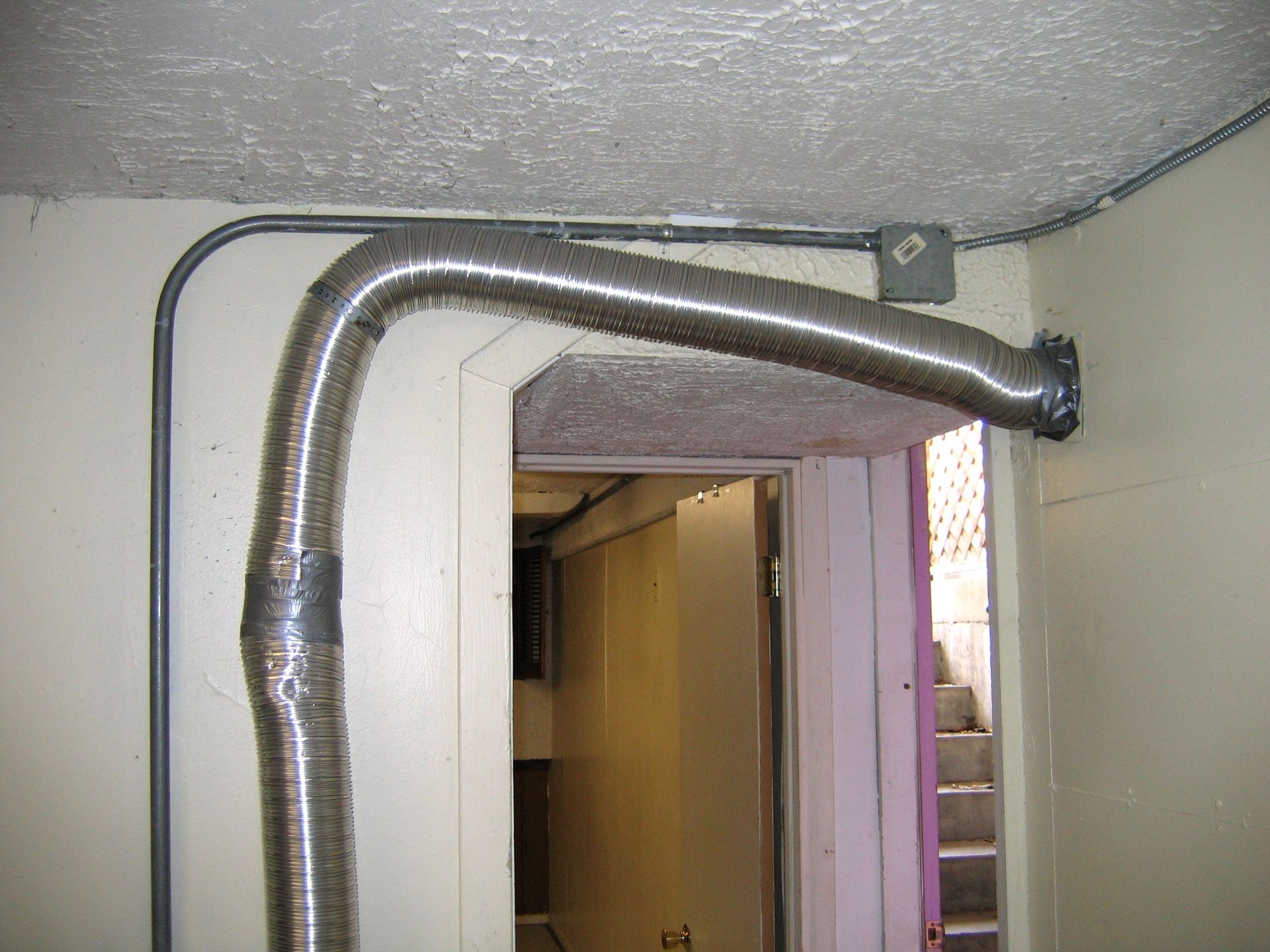

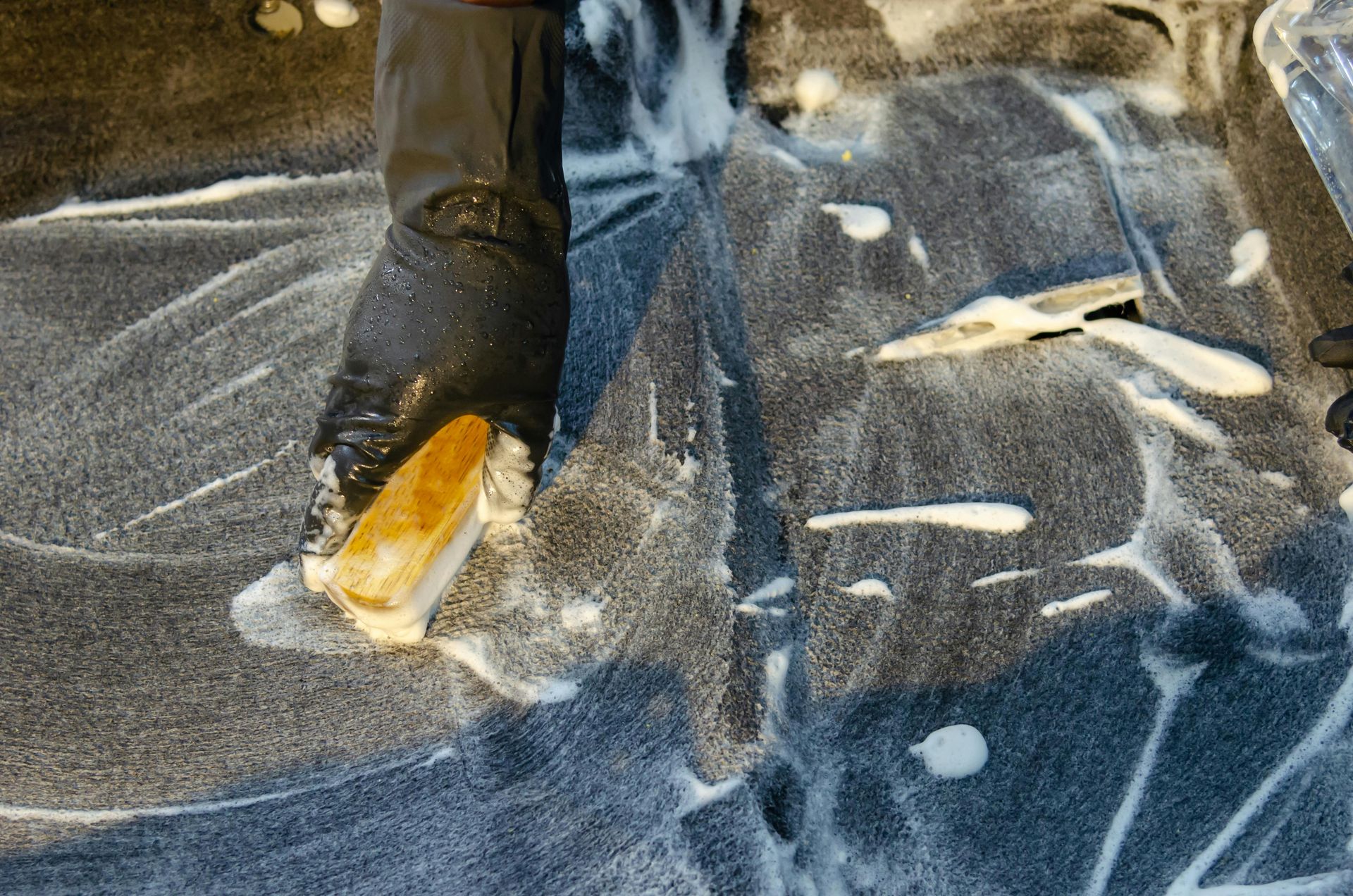
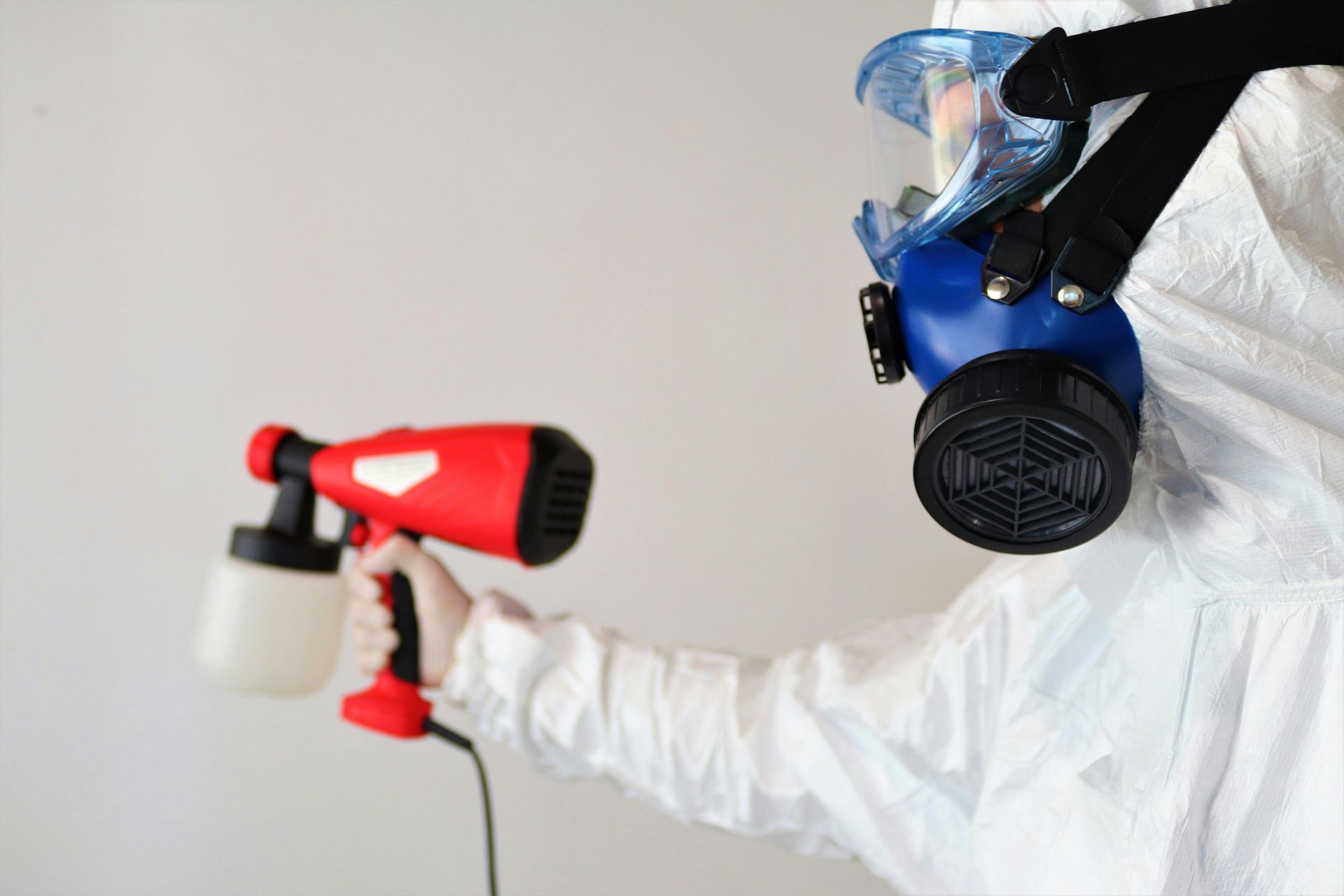
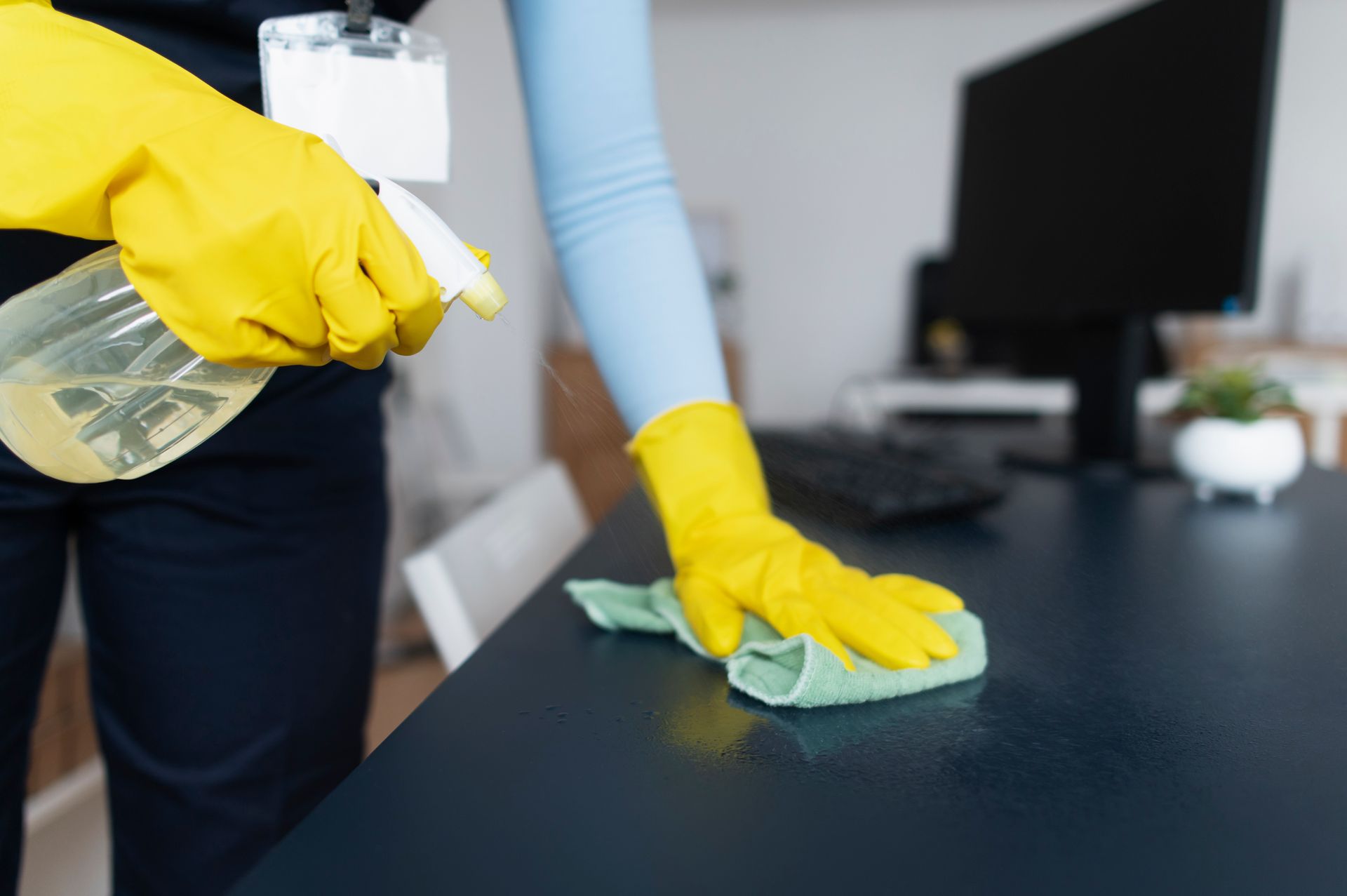
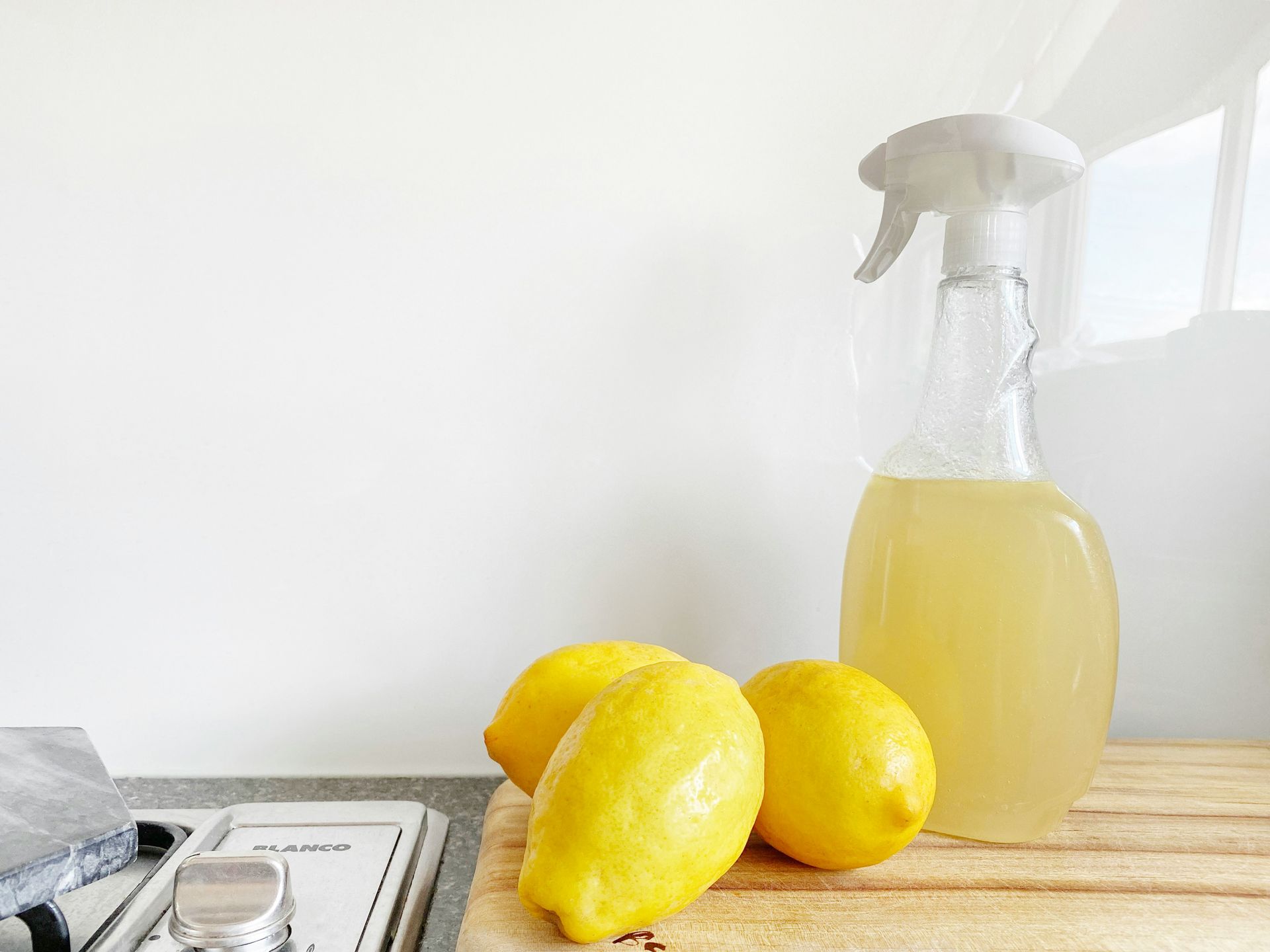
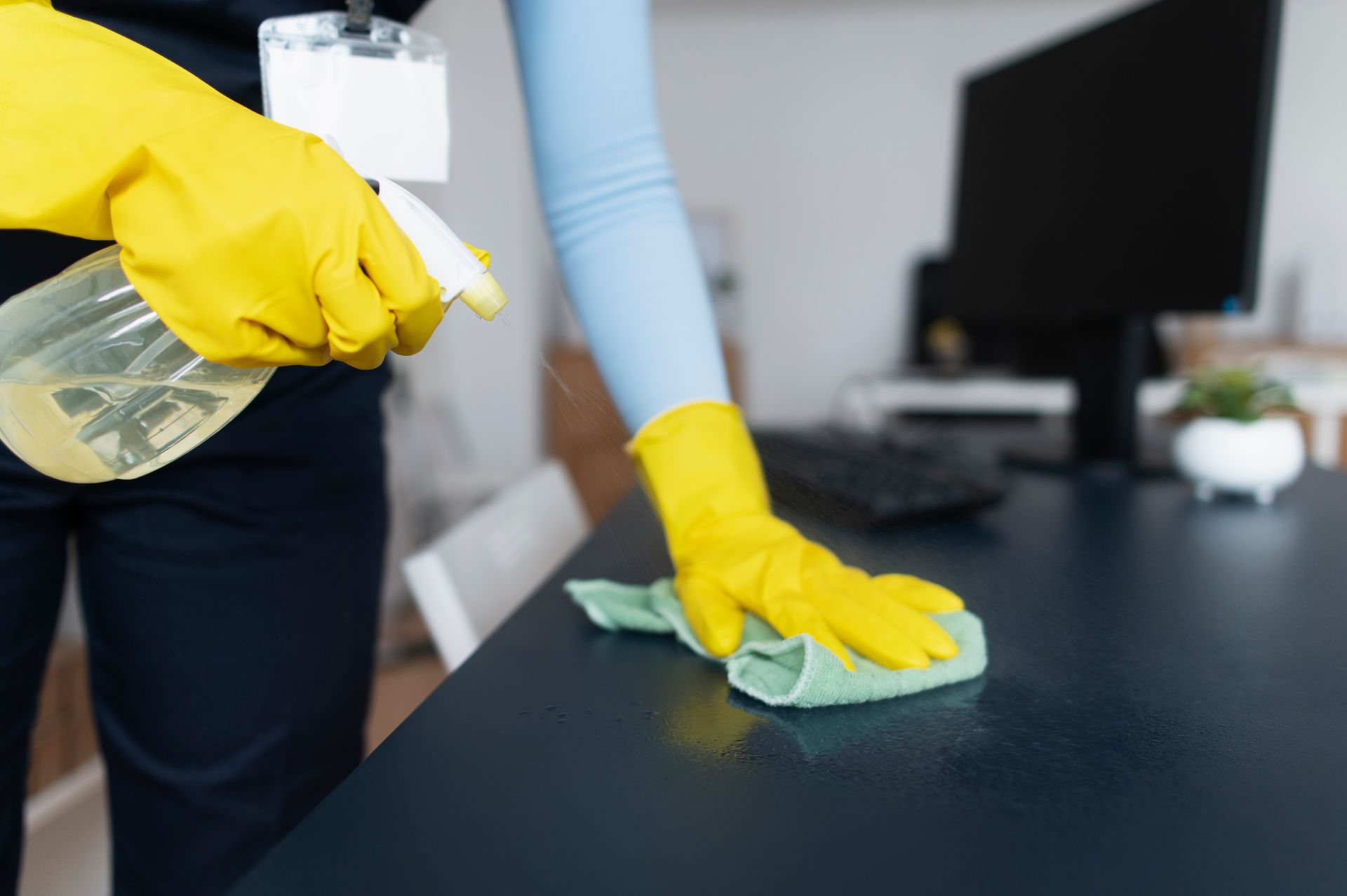
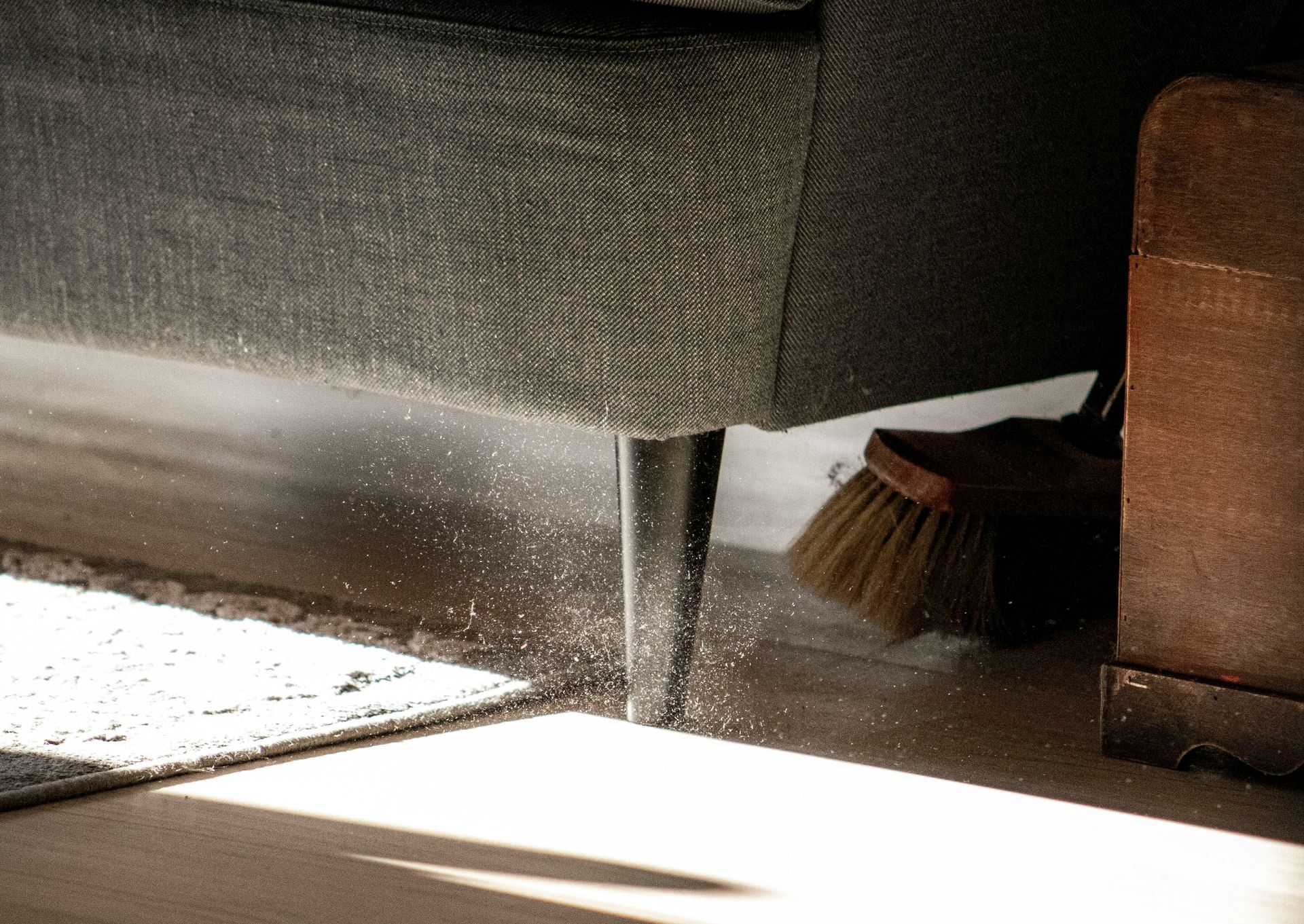
We make life easier
What our customers say about us
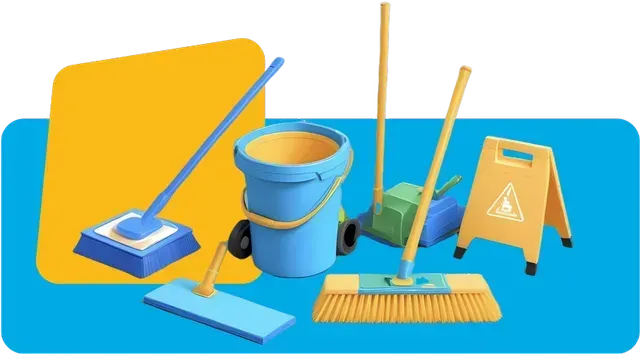
"MY HOME IS SPOTLESS EVERY TIME! THE TEAM ARE FRIENDLY AND PROFESSIONAL, ALWAYS GOING ABOVE AND BEYOND WITH EACH CLEAN. HIGHLY RECOMMEND!"
Sue
"ONETWOKLEAN IS A GAME-CHANGER! OUR WHOLE HOUSE SPARKLES AFTER EACH VISIT AND THE TEAM ARE CONSISTENTLY PROFESSIONAL AND PUNCTUAL. HIGHLY RECOMMEND!"
Ben
"MY HOME IS SPOTLESS EVERY TIME! THE TEAM ARE FRIENDLY AND PROFESSIONAL, ALWAYS GOING ABOVE AND BEYOND WITH EACH CLEAN. HIGHLY RECOMMEND!"
Sue
"MY WIFE AND I BOOKED A FANTASTIC DEEP CLEAN, AND WE WERE SO IMPRESSED THAT WE SIGNED UP FOR A REGULAR SERVICE. KERRY-ANN AND THE TEAM ARE THOROUGH AND RELIABLE – OUR HOME HAS NEVER LOOKED BETTER!"
Bernard
"THE NEW CLIENT DISCOUNT GOT ME STARTED, BUT KERRY-ANN AND THE TEAM’S ATTENTION TO DETAIL IS WHY I KEEP COMING BACK. THEIR SERVICE IS IDEAL FOR MY BUSY SCHEDULE!"
Jess
"ONETWOKLEAN IS A GAME-CHANGER! OUR WHOLE HOUSE SPARKLES AFTER EACH VISIT AND THE TEAM ARE CONSISTENTLY PROFESSIONAL AND PUNCTUAL. HIGHLY RECOMMEND!"
Ben
"MY HOME IS SPOTLESS EVERY TIME! THE TEAM ARE FRIENDLY AND PROFESSIONAL, ALWAYS GOING ABOVE AND BEYOND WITH EACH CLEAN. HIGHLY RECOMMEND!"
Sue
CONTACT US
Reach out to us for any inquiries or to schedule your next cleaning service. We are here to help you maintain a clean and comfortable environment.

OneTwoKlean delivers reliable, high-standard cleaning solutions with a passionate, skilled team dedicated to exceptional service.
QUICK LINKS
CONTACT INFO
Phone: (03) 6163 1684 (Redirects after hours)
Email: hello@onetwoklean.com
Location: PO Box 314 George Town TAS 7253
Office Hours:
- Mon - Fri
- -
- Sat - Sun
- Closed
All Rights Reserved | OneTwoKlean
Content, including images, displayed on this website is protected by copyright laws. Downloading, republication, retransmission or reproduction of content on this website is strictly prohibited. Privacy Policy | Cookie Policy
All Rights Reserved | OneTwoKlean
Content, including images, displayed on this website is protected by copyright laws. Downloading, republication, retransmission or reproduction of content on this website is strictly prohibited.